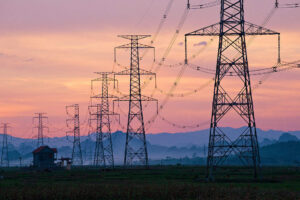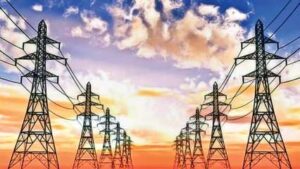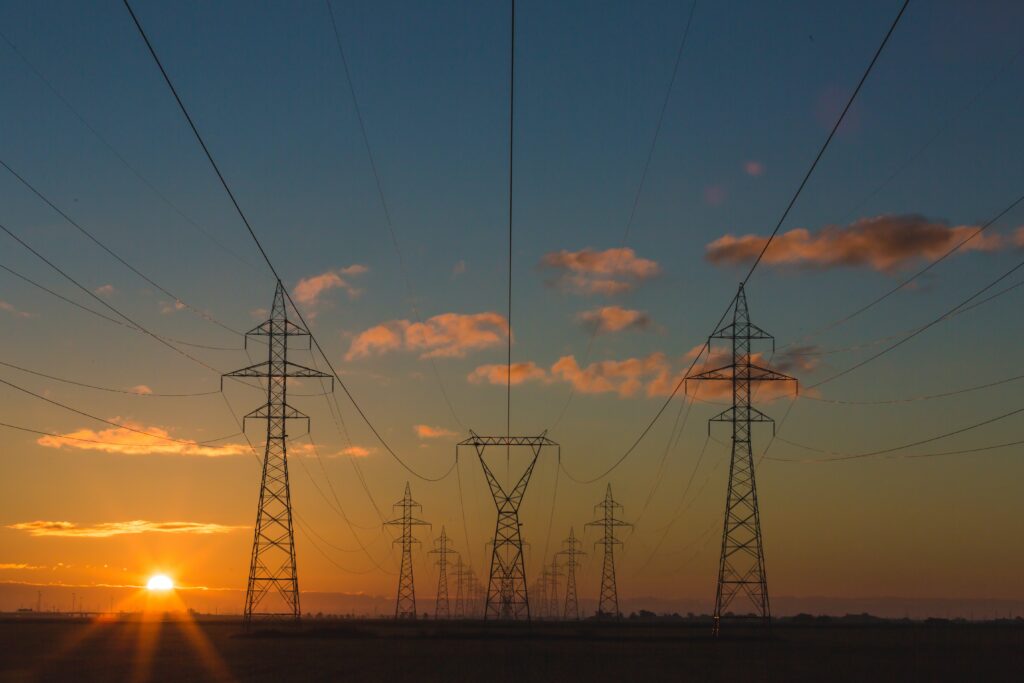

Power is among the most critical component of infrastructure, crucial for the economic growth and welfare of nations. The existence and development of adequate infrastructure are essential for the sustained growth of the Indian economy.
India’s power sector is one of the most diversified in the world. Sources of power generation range from conventional sources such as coal, lignite, natural gas, oil, hydro and nuclear power to viable non-conventional sources such as wind, solar, and agricultural and domestic waste. Electricity demand in the country has increased rapidly and is expected to rise further in the years to come. To meet the increasing demand for electricity in the country, massive addition to the installed generating capacity is required.
In May 2018, India ranked fourth in the Asia Pacific region out of 25 nations on an index that measured their overall power. India was ranked fourth in wind power, fifth in solar power, and fifth in renewable power installed capacity as of 2018. India ranked sixth in the list of countries to make significant investments in clean energy at US$ 90 billion. India is the only country among the G20 nations that are on track to achieve the targets under the Paris Agreement.
POWER SECTOR
- In July 2021, India sent its first coal-laden rake (~4,000 tonnes) to Bangladesh's Rampal Thermal Power Station. The 1,320 MW power plant is a joint venture between National Thermal Power Corporation (NTPC) and Bangladesh Power Development Board (BPDB).
- In April 2021, the Ministry of Power (MoP) released the draft National Electricity Policy (NEP) 2021. The MoP has created an expert committee including members from state governments, the Ministry of New and Renewable Energy (MNRE), NITI Aayog, and the Central Electricity Authority (CEA).
- As per the Central Electricity Authority (CEA) estimates, by 2029-30 the share of renewable energy generation would increase from 18% to 44%, while that of thermal is expected to reduce from 78% to 52%.
- On November 17, 2020, Energy Efficiency Services Limited (EESL), a joint venture of PSUs under the Ministry of Power and Department of New & Renewable Energy (DNRE), Goa, signed a memorandum of understanding to discuss the roll-out of India’s first Convergence Project in the state.
- The Government of India has allocated Rs. 111 lakh crore (US$ 1.4 trillion) under the National Infrastructure Pipeline for FY 2019-25. The energy sector is likely to account for 24% of capital expenditure over FY 2019-25.

Copyrights © 2021 All Rights Reserved. | Designed & Developed by TECHGYNT
